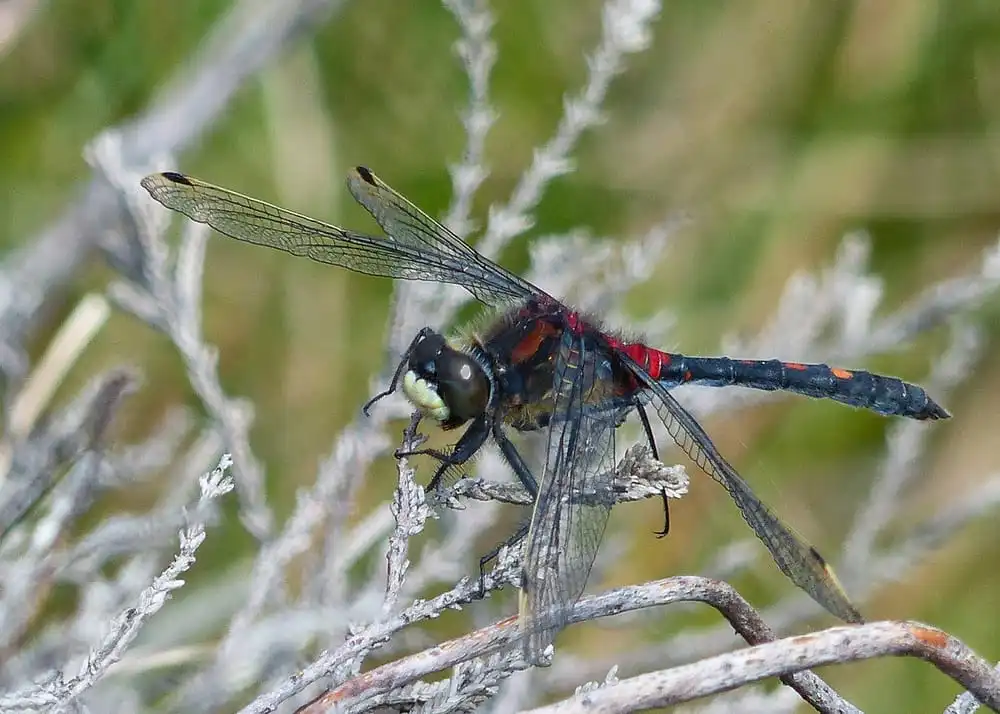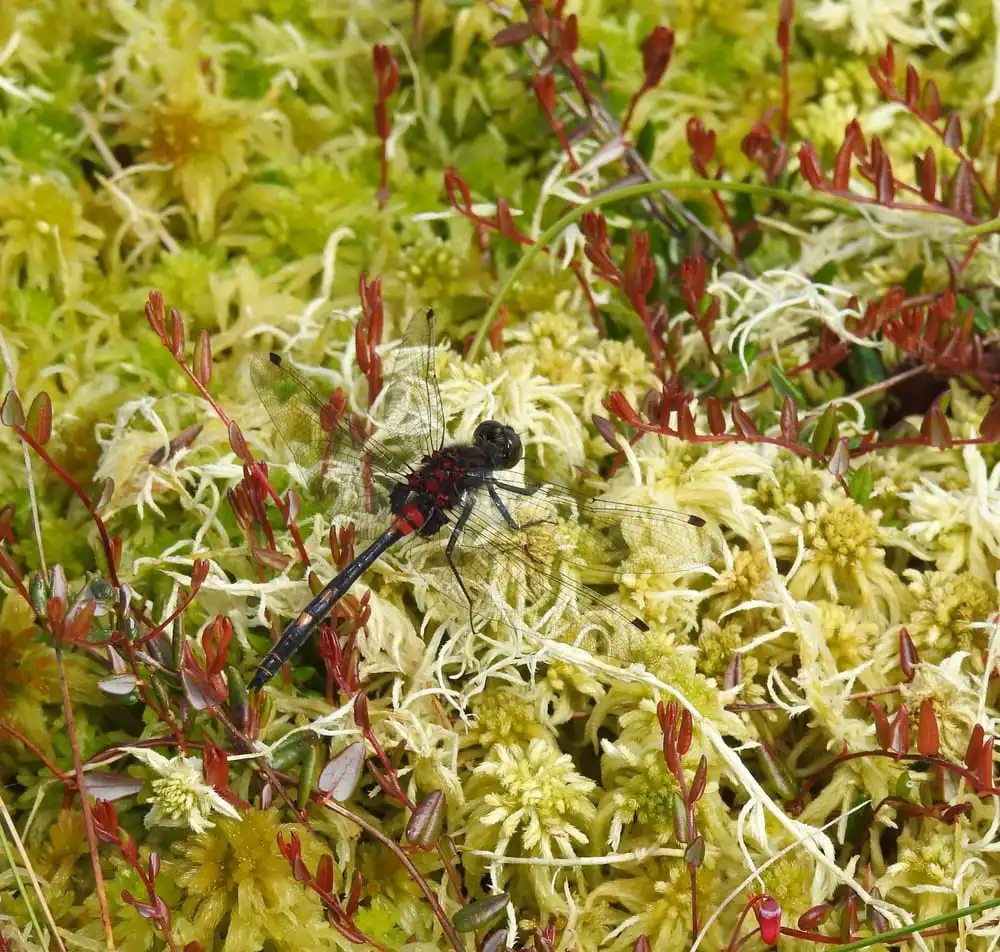Rare Dragonfly Reintroduced to Cumbria’s Campfield Marsh in Landmark Conservation Effort
April 21, 2025 — In a major step for British invertebrate conservation, the White-faced Darter dragonfly (Leucorrhinia dubia) is being reintroduced this week to RSPB Campfield Marsh, a hidden gem within the South Solway Mosses National Nature Reserve in Cumbria.
This marks a hopeful new chapter for the endangered species, which has seen dramatic population declines across the UK due to the loss of peatland habitats through agriculture, drainage, peat cutting, and afforestation. With only a handful of breeding sites remaining, the White-faced Darter is now at the frontline of conservation priorities — and climate change is adding further pressure as summer droughts threaten to dry out its bog pool nurseries.
A United Conservation Front
This reintroduction is a collaborative effort involving experts and volunteers from the RSPB, Natural England, the British Dragonfly Society, and Cumbria Wildlife Trust. Together, they’re aiming to restore biodiversity and rebuild populations of this charismatic but fragile species across the region.
“Introducing the White-faced Darter to Campfield Marsh is a significant step forward,” said a spokesperson for the project. “It demonstrates what can be achieved through collaboration and a shared commitment to reversing biodiversity loss.”
Why Campfield Marsh?
Nestled in a quiet corner of northwest Cumbria, Campfield Marsh offers the ideal peat bog habitat for White-faced Darters. The area is already protected for its ecological importance and provides the wet, acidic conditions the dragonfly needs to thrive — conditions that are increasingly rare elsewhere in the UK.
The project team hopes that Campfield Marsh can serve as a stronghold and stepping-stone for future recolonization of other suitable habitats in northern England.

Restoring What Was Lost
The White-faced Darter is among Britain’s most threatened dragonflies, and this reintroduction reflects a growing emphasis on invertebrate conservation, especially in the face of habitat degradation and global climate pressures.
Efforts like this not only benefit the dragonfly but also support broader peatland restoration goals, which play a crucial role in carbon storage, flood mitigation, and ecosystem resilience.
This translocation project will help build resilience into the Cumbrian White-faced Darter population.
White-faced Darter Dragonfly Reintroduction Begins at Campfield Marsh: A New Chapter for One of Britain’s Rarest Insects
April 21, 2025 — A small but striking dragonfly is making a big comeback in a quiet corner of northwest Cumbria. This week, conservationists began the delicate process of reintroducing the endangered White-faced Darter (Leucorrhinia dubia) to RSPB Campfield Marsh, a protected peatland within the South Solway Mosses National Nature Reserve.
This reintroduction, led by RSPB, with support from Natural England, the British Dragonfly Society (BDS), and the Cumbria Wildlife Trust, marks a significant conservation milestone. The species, named for its distinctive chalk-white face, has vanished from most of England and now survives in only a few strongholds, such as Drumburgh Moss and Foulshaw Moss.
Rare Dragonfly, Rare Opportunity
White-faced Darters are visually stunning: males are black with vibrant red-orange markings, while females sport yellow markings. Despite remaining more common in parts of western Scotland, they are one of England’s rarest dragonflies, and their decline is closely linked to the loss of lowland peat bogs, their preferred habitat.
“This is an exciting opportunity to boost biodiversity in this beautiful and hidden corner of Cumbria,” said Mhairi Maclauchlan, RSPB Cumbria Coastal Reserves Manager. “It’s incredibly rewarding to know we have created the right conditions for White-faced Darter, and we’re delighted to carry on the legacy and successes of the other projects in Cumbria.”
A Habitat Years in the Making
At Campfield Marsh, RSPB teams have worked over several years to restore Sphagnum-rich pools, create scrub and woodland roosts, and return the landscape to the precise conditions these dragonflies need.
Now, they’re beginning the careful translocation of Sphagnum moss containing dragonfly larvae from established populations. The process will occur in April and August each year for up to five years, with only small amounts taken to ensure donor sites remain healthy.

Eleanor Colver, BDS conservation officer, explained: “Success will depend on many factors, but with the combined expertise of the RSPB, Cumbria Wildlife Trust, Natural England, and our local BDS volunteers, we are confident this project will be successful.”
Why Campfield Marsh?
The cooler climate of the Solway Coast offers a rare opportunity to create a lasting haven for this species, especially as climate change and habitat loss continue to limit reintroduction possibilities further south.
“Many of our fastest declining dragonflies are peatland specialists,” added Colver, “so we hope this project highlights the importance of peatland restoration — not only for dragonflies but also for other threatened species like the Curlew.”
What’s Next?
If all goes well, visitors might glimpse adult White-faced Darters as early as May 2026, darting across the pools of Campfield Marsh. The project also aims to raise public awareness about the vital role peatlands play in both biodiversity and carbon storage.
